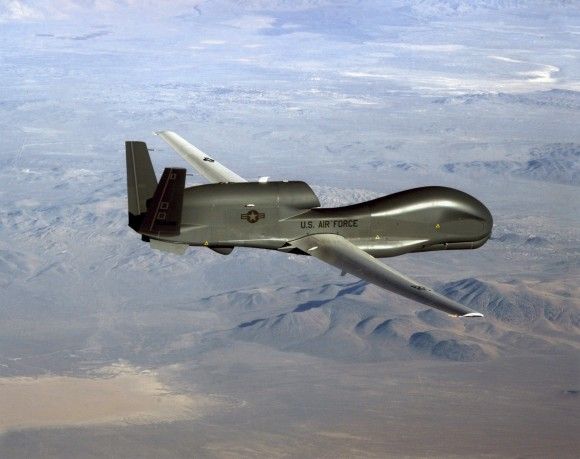Tu-95 Crashes In Russia. Sixth Airframe Lost This Summer
Another Russian Tu-95MS strategic bomber crashed in the eastern part of Syberia.Three out of four engines failed, which led to a crash.There is no information available regarding the current status of the crew.This is the fourth Bear, and the sixth military aircraft lost this summer by the Russian Air Force.
According to the information released by the Russian Minister of Defence, Sergey Shoygu, Tu-95MS strategic bomber crashed ca. 80 km from Khabarovsk, during a training sortie, without any payload. The crash took place at 9:50 AM, Moscow local time. Commander of the crew reported the emergency to the air traffic control and ordered the crew-members to leave the plane, using the parachutes. Two of the seven crew members died during the accident. The Tu-95 crashed in a remote, unoccupied area.
Three out of four engines failed, which led to a crash, according to the initial investigation. This may mean that there are some serious problems related to maintenance of the old Russian bombers. Tu-95 design is more than 60 years old. Tu-95MS variant, which is used to carry the latest cruise missiles, was introduced into service back in 1981. The last example was manufactured in 1990’s. More than 50 examples of such bombers maintain their combat readiness.
Not only is the age a problem here. The Bears are being intensively used, since they constitute a cornerstone of the Russian strategic aviation The fact that the bombers are involved in long-haul sorties at high altitudes contributes to the expanded requirements within the scope of permanent, labour-intensive, time-consuming maintenance. Throughout a period of more than a decade, the operational use of the bombers was less intensive. Numerous examples remained in storage, however, back in 2007 President Putin ordered the Russian Air Force to return to carrying out long-range patrols, close to the NATO borders.
Tu-95, known under the NATO codename “Bear”, are the bombers that are most often intercepted by the NATO fighters over the North Sea, close to the English, Scottish or US coasts. The fact that the long-range flights are being carried out again may contribute to further technical issues. We can’t help but notice that yet another example of the bomber crashed in June. The second incident, which happened across so short period of time, may be a sign of a significant problem.
The operations carried out by the Russian Air Force are so intensive, that they may have impact on the technical status of the airframes, which consequently exposes the problems within the area of maintaining the bombers. Six Russian Air Force airframes were lost, starting from the beginning of June, including two Tu-95 bombers, two MiG-29 Fulcrum fighters, one Su-24M Fencer bomber and one Su-34 Fullback bomber.




